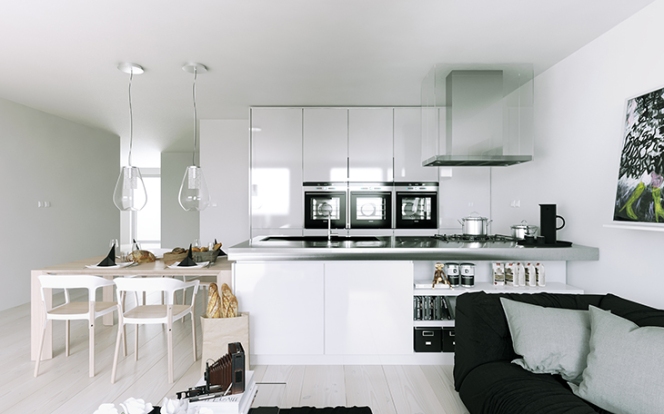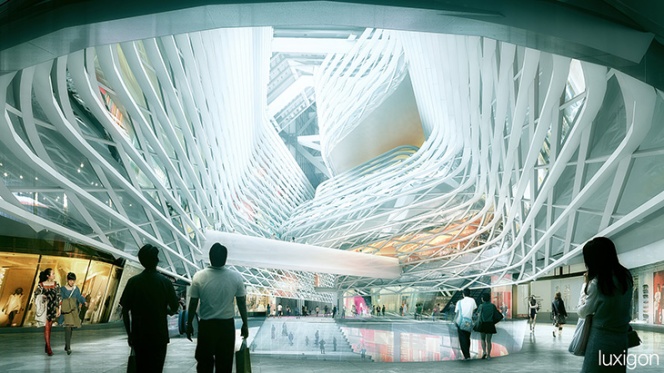Your Cart is Empty
Customer Testimonials
-
"Great customer service. The folks at Novedge were super helpful in navigating a somewhat complicated order including software upgrades and serial numbers in various stages of inactivity. They were friendly and helpful throughout the process.."
Ruben Ruckmark
"Quick & very helpful. We have been using Novedge for years and are very happy with their quick service when we need to make a purchase and excellent support resolving any issues."
Will Woodson
"Scott is the best. He reminds me about subscriptions dates, guides me in the correct direction for updates. He always responds promptly to me. He is literally the reason I continue to work with Novedge and will do so in the future."
Edward Mchugh
"Calvin Lok is “the man”. After my purchase of Sketchup 2021, he called me and provided step-by-step instructions to ease me through difficulties I was having with the setup of my new software."
Mike Borzage
The Edge: Emmanuel Plat – Architectural Visualizations
August 12, 2014 6 min read

Novedge: Tell us a bit about who you are and what you do
Emmanuel Plat: Thank you for choosing me for this interview and for giving me the opportunity to talk about my work. My name is Emmanuel Plat, I studied Architecture then Fine Arts in the 90s then became a professional musician for 10 years, only to come back to the Architecture field as a CAD drafter 8 years ago and gradually move towards visualisation work for retail design and residential projects.
At first I only used basic software like SketchUp ( which I still use a lot ) and tried a bunch of free rendering programs, but after a few years I decided it was time to move to the industry standards, 3ds Max and V-Ray.
As these beasts are quite intimidating to learn, I enrolled for a 7-month course at one of Jean Yves Arboit CGI training centers, which also gave me the opportunity to learn the basics of After Effects and exposed me to Rhino. This course was mostly focused on standard animation stuff and didn't talk much about Architecture but it taught me important things about composition, lighting and storytelling.
I started working freelance 3 years ago, providing visualisation services and also working more and more as a CAD trainer.
Since last year I've also been teaching 3D in design schools which is quite refreshing because I'm exposed to younger people whose questions are always challenging my knowledge of the software and force me to look at things with a fresh approach.
Teaching is very motivating and I sometimes envy my students because I still feel like an eternal student. So I just try to be the teacher I'd like to have if I was one of my students…
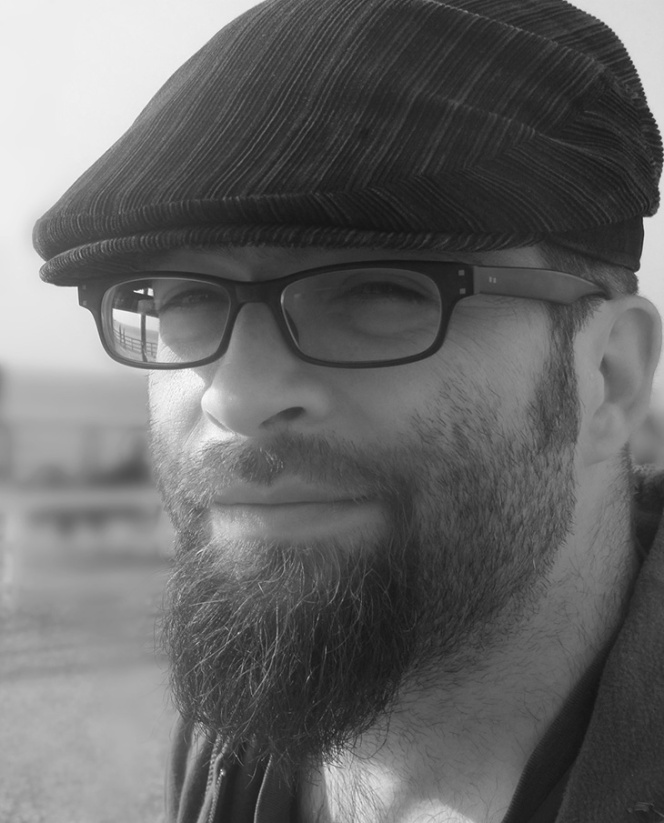
Novedge: What is or has been the biggest influence on your work?
Emmanuel Plat: This is a difficult question to answer as there are many very talented creative people and I see inspiring stuff everyday…
As a visualiser, the work of Alex Roman on the Third and Seventh animation was a landmark. For me there is a before and an after Alex Roman in arch vis.
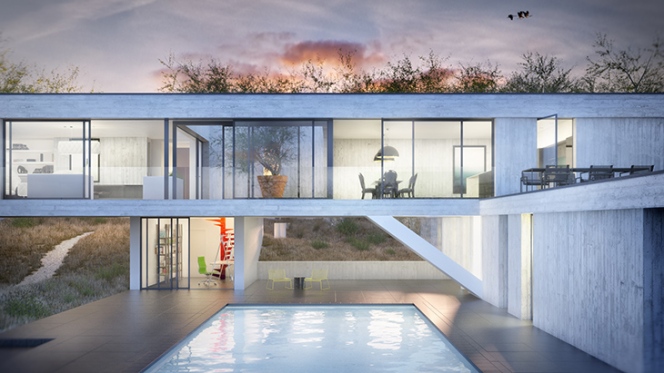
There is also the work done by people at MIR mostly because there's something more to their pictures than just describing a space.There is storytelling and poetry in their work. It's not just having great modeling and shading skills…and the lighting of their scenes is usually just gorgeous.
If I had to name drop, I would mention the big names in our community : Bertrand Benoitfor his mastery of lighting and shading , the Luxigon team for their graphic approach, Scott Baumberger for the crossover between traditional illustration and CG work…
And Peter Guthrie, RSI Studio, Juraj Talcik, Guillaume Favre, Marek Denko, Viktor Fretyan, Thi Lima, Sergio Mereces, etc…are also on the top list of visualisers who inspire me to work harder…
I also learned a lot from architectural photographers like Scott Frances, Julius Schulman, Iwan Baan, and from matte painters like Raphael Lacoste or Dylan Cole.
Scrutinizing everyday life is also a great source of learning ( did you ever stared at a tree foliage for hours ?… Or is it something only a CG guy would do?)

Novedge: Can you talk about your creative process? How do you approach each project?
Emmanuel Plat: When doing visualisation work for an Architect, my job is mostly to translate in pixels what he has in his mind, so it's not much about being creative at first but how quickly I can understand the strongest points of the project, get past the technical aspects and then start to suggest things about materials, lighting , camera positions and sometimes architectural elements or furniture.
Most of the time it's mainly a technical service so I have to get side projects to explore and try out new things, thus I'm not frustrated when it comes to just be au service du projet. However, trying new techniques on each project is a good way to keep it fresh.

Novedge: What is a recent project that you worked on?
Emmanuel Plat: I just finished working with an architect on a residential project where I was given an opportunity to do interior design work and I found it very rewarding to not be just the " geeky guy who knows how to work the max interface," but someone who can bring design ideas to the table.
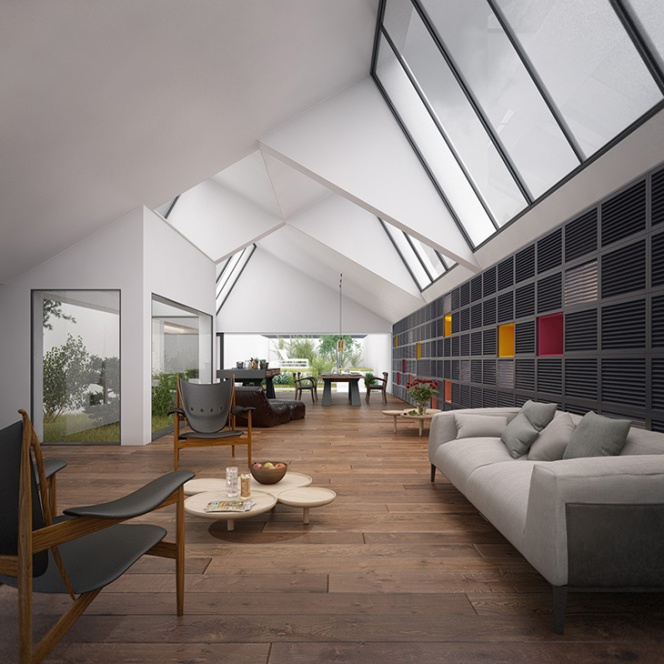

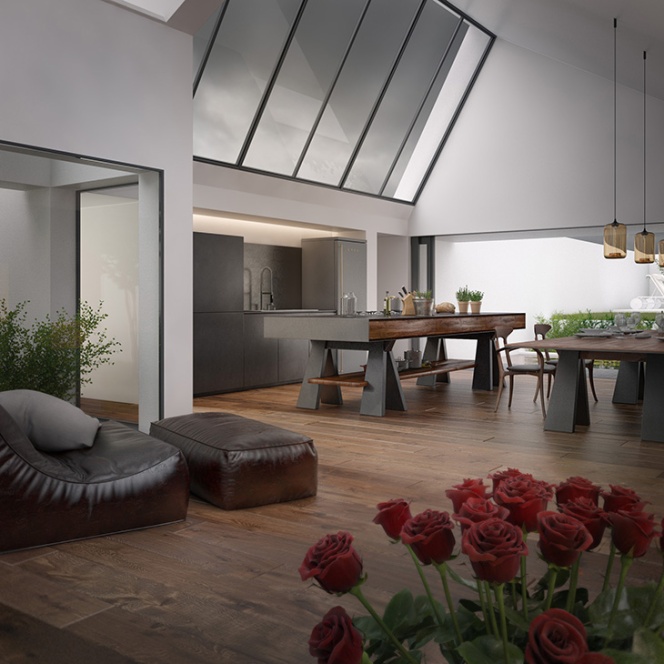
Novedge: What does your workflow look like? What software do you use?
Emmanuel Plat:It's always evolving with my skills (or lack of sometimes…)
My go to software is still SketchUp. As long as I don't have to deal with organic shapes or curvy things, it's the fastest tool I know for architectural modeling. Unfortunately I didn't see any major improvements lately and I still don't understand why so many essential tools developed as plugins by independent developers aren't integrated de facto in the software.
If I'm on a tight deadline I use Artlantis for rendering and then go straight to Photoshop for post production work. Coming from a 3ds Max/V-Ray background, I wasn't thrilled by Artlantis when I first had to use it but learned to like its simplicity for some projects.
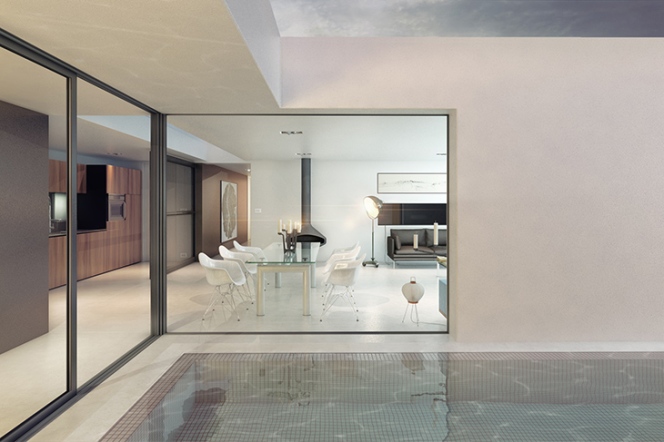
For more high end work I'll use 3ds Max and V-Ray, with 3ds Max used mostly as a hub. There are a lot of tools I use that are for 3ds Max only and I'm also a big fan of the slate editor for building shaders as it's a lot easier than working in Rhino or SketchUp for editing V-Ray materials.
These days I'm using Rhino more and more for modeling as I feel more comfortable with it than with 3ds Max. If it had a nodal material editor and a good scattering utility, I could possibly just stick with it for most of my work.
For post production (which I usually find the most rewarding part of the whole process) I use Photoshop.
There's a similarity I like between working with render passes or layers and doing audio mixing…. and just like with music tracks it's easy to overdo it with FX and gradually lose sight of what the project is about. So I like to work on different renders at once, working quickly on each one to try to stay sharp.

Novedge: How do you collaborate with your clients?
Emmanuel Plat: It usually begins with CAD files, sketches and reference photos to help me understand where they want to go. I also do some research depending on the nature of the project.
Then it's back and forth for the modeling / lighting / texturing and cameras and when the renders are done (usually I go for something neutral as I find it easier to boost pixels information rather than trying to level things out), it's Photoshop time and hopefully I can submit a few variations from each point of view. In fact that may be the only moment where I feel there is some artistry to my work…
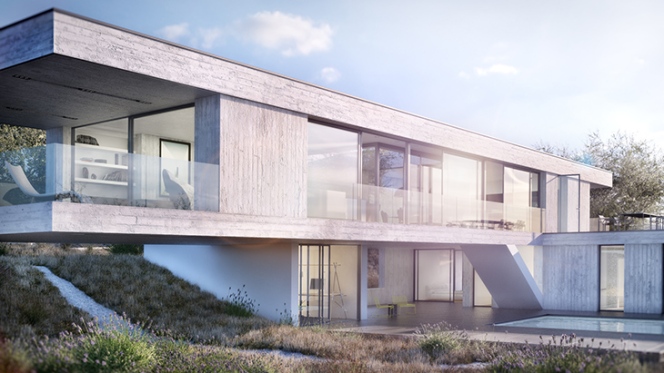
Novedge: What is the best advice you have ever received?
Emmanuel Plat: It's not easy to pick just one but during my 3ds Max training, Jean Yves Arboit told us that his job was just to get us to "learn to learn". I think that's a really good point, because the CG software and techniques are always evolving and I have to constantly train myself and look around to try to get a better visualiser.
There is so much knowledge going on in internet forums and video tutorials that I sometimes feel overwhelmed by all these people knowing tons of stuff, but in the end it's the curiosity that wins. I've got many things on my To Do list right now, including learning Grasshopper, Marvelous Designer, experimenting with 3D printing and hopefully taking time to get on a real life hike and observe marmots in the French Alps… Though I will probably end up looking at grass, water or whatever is around for hours, trying to imagine how I could recreate it in 3D…
Head over to Emmanuel's website to see more of his work and follow him on Pinterest.
And don't forget to sign up for our upcoming Hangout: Knowing Our Worth As Architects.
Related articles
Also in NOVEDGE Blog

Enhance Your Designs with VisualARQ 3: Effortless Geometry Extensions for Walls and Columns
April 30, 2025 8 min read
Read More
MecSoft Unveils RhinoCAM 2025 and VisualCAD/CAM 2025 with Enhanced Features
March 08, 2025 5 min read
Read MoreSubscribe
Sign up to get the latest on sales, new releases and more …



